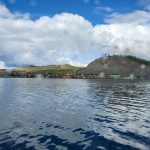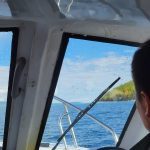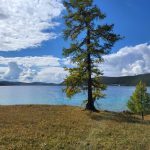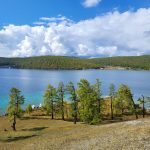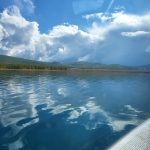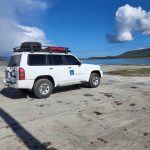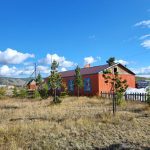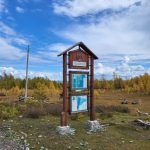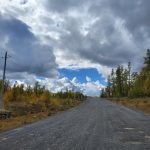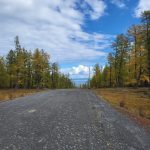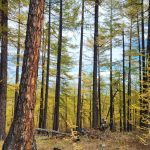I am going to switch to writing in English, as I think and hope this might improve my English skills further and challenge me more…sorry, if that is inconvenient to you : (
Over one month has gone by, since I arrived at my working place in the north of Mongolia and a lot has happened since then. I have been slowly getting used to the life away from home and today was finally the first day it felt like I have arrived emotionally and mentally.
The welcome was warm, both from our now basically host mother, who is the owner of the hotel we stay at and from our colleagues. Everybody welcomed us with open arms and is very motivated to integrate us and teach us about their culture.
We started our language course, which is helping very slowly to make me better at Mongolian, even though I feel like I will never be able to master this language. The sounds made are sometimes impossible for me to produce with my mouth and if I will be able to roll the „r“ at the front of my mouth at the end of this year, I will have achieved everything I ever dreamed of 😂.
Today is the 30th of October and we woke up to a winter wonderland. It is not the first, but the first proper snow fall this year and it will definitely not be the last.
We will see what the loooooong winter will bring.
I will keep you all updated…
Thank you for reading and enjoy your week, wherever you may be in the world.



